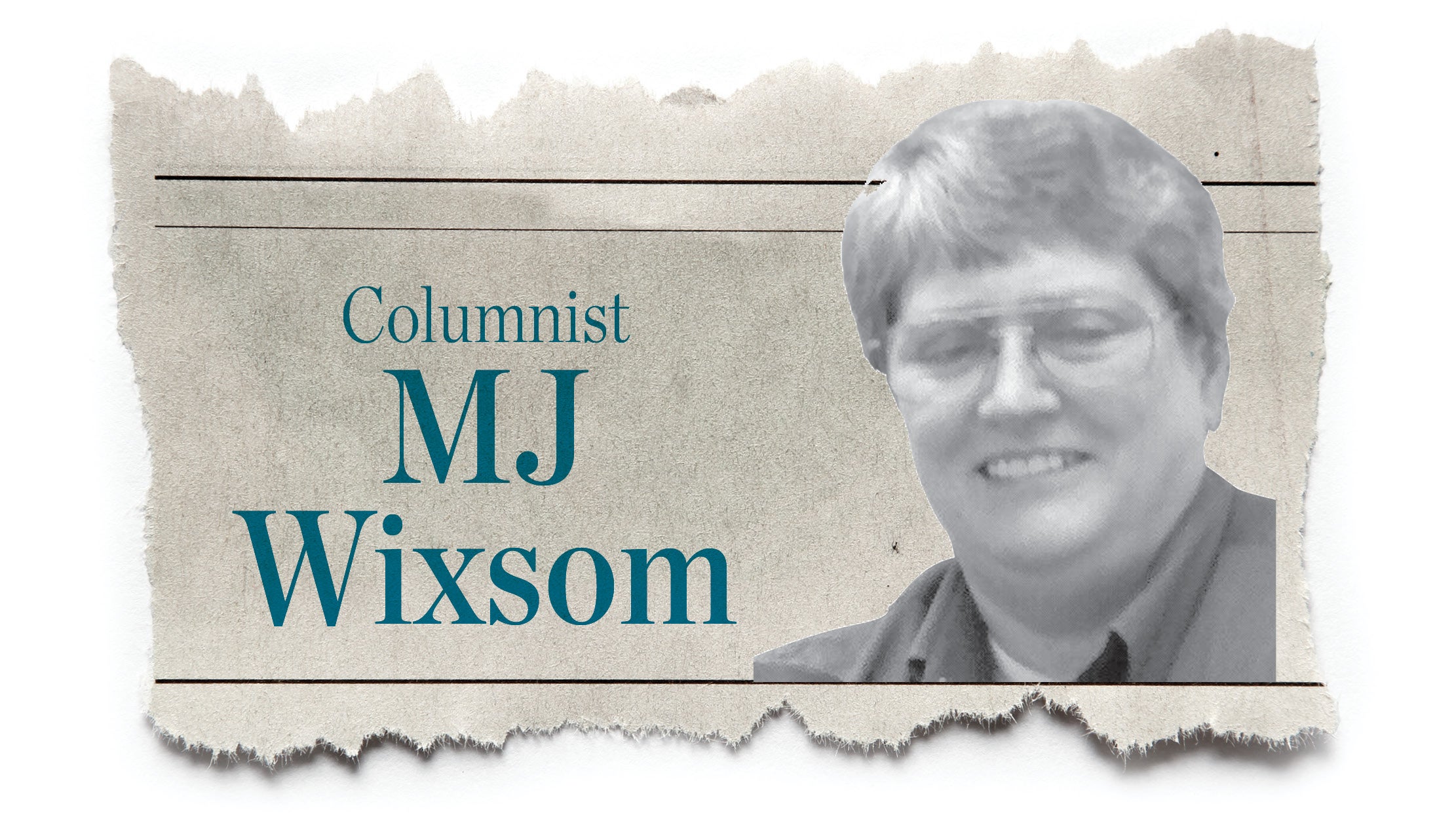Southerners seek safer pastures
Published 12:00 am Sunday, June 3, 2012
“You had better pick up bag and baggage and come out [to Brazil] and so get rid of ‘Parson’ William Gannaway Brownlow, Yankees and taxation.”
Part of a letter written by Mr. Pitts to a friend in Tennessee urging him to abandon Tennessee for a new home in Brazil in 1868
Thousands of Southerners left the post-bellum American South during the “Reconstruction Era” to leave “damyankee” rule and to seek a new life in foreign lands.
It is thought more than 10,000 of them became part of the largest movement of expatriation in all of American history.
These self-imposed exiles or Confederates went to Mexico, Central America, South America, Canada, Great Britain, every nation of Europe, the Near East, and a few to the Far East (Japan, Korea and India).
Most of these Southern expatriates chose voluntary exile rather than live under a federal government they despised. Vocationally speaking, they had been public officials in the Confederacy, generals and common soldiers, senators, planters, and farmers.
All had lost personal property or careers by siding with the Confederacy in the recent War.
Such pro-Southern men were part of four classifications of the self-imposed exiles. One group was convinced that their personal safety forced them to leave the United States. They feared indictments for treason and war crimes. They also felt they might receive death sentences if brought to trial. A second group felt its desires for adventure were not satisfied in the American Civil War and wanted thrilling adventures in foreign lands.
A third group of expatriates felt it had to go elsewhere because its properties were ruined and these people lacked finances to compete with vengeful Northerners during Reconstruction. A last classification of exiles was a group who would leave rather than defer to the political humiliation of living under federal rule during Reconstruction.
All wondered how long they must remain exiles before they were pardoned, given amnesty, or were forgiven for their Civil War choices.
Who were the more famous of these Confederate exiles?
The first exiles after the end of the Civil War were men who had resided abroad for a lengthy period of time serving as consular, diplomatic, or foreign agents for the Confederacy. Jacob Thompson and Clement C. Clay had resided in Canada. Charles Helm represented the Confederacy in Cuba.
John T. Pickett extended Confederate interests in Mexico. A. Dudley Mann and John Slidell sought aid to the Confederacy in France. James M. Mason and Commander James D. Bulloch sought British sympathy for the Confederacy in England. Davis’ last Secretary of War, John C. Breckinridge, Confederate Secretary of State, Judah P. Benjamin, Generals Robert Toombs and Louis T. Wigfall fled
Federal indictments for treason. General Jubal Early, General Joseph Shelby, and former Tennessee Governor Isham G. Harris forced themselves to leave the United States out of bitterness and hatred of the Northern victors.
General Joseph O. Shelby of Missouri said he would never surrender. He took his Iron Brigade south into exile. Other generals and state governors joined Shelby as he headed to Mexico.
His army weighted-down their Southern battle flags with rocks and buried them beneath the waters of the Rio Grande River. Shelby and his men were going to join Emperor Maximilian in August of 1865 and wage war against Benito Juarez. Maximilian proposed that Shelby’s men become Mexican colonists instead.
Many of the men who followed Shelby went elsewhere, but in September of 1865, Maximilian gave those who remained a half million acres 70 miles west of Vera Cruz.
The Southerners called the land “Carlota,” after Maximilian’s Empress. As time went on, land prices in “Carlota,” even though $1 an acre, created great financial stress.
After a Southern colonization attempt in Venezuela failed by 1870, South American officials and Southerners looked south to “Brazil.”
Brazil would attract more ex-Confederates than any other country in the world. Estimates place the Southern population there at 3,000 to 4,000 persons.
Geographic conditions were similar to those in their American South. Cotton, sugar cane, tobacco, rice, and corn (three crops per year) could be grown there. Land in Brazil was very cheap.
Although Brazil had stopped the importation of slaves in 1850, slavery there still flourished and would not end until 1888. Farming in Brazil grew by “leaps and bounds” in 1870 when “Rattlesnake” watermelon seeds were brought from Georgia to Brazil by Joe Whitaker.
Brazilians had raised melons for years, but none were as large or delicious as the “Rattlesnakes.” By 1900, 50 to 100 carloads of “Rattlesnakes” found their way to markets in South America. Brazil would be a Confederate failure also. Southern men and women found themselves unable to adjust to a new lifestyle, climate, and customs in Central and South America.
They could not make use of slavery there with the success experienced back home before 1865. The Portuguese language in Brazil posed another problem.
President Andrew Johnson announced his “Universal Amnesty Proclamation” on Christmas Day of 1868. Thus, any charges or disabilities which had forced the Confederates to go into exile were totally removed and by 1869-1870, hundreds of Southerners were going home.
On the average, Southern exiles had been “in exile” around three years.
In 1869, Ismail Pasha, the Turkish viceroy of Egypt, needed military advisors to train and discipline his weak army there. The “General of the Armies” in the United States, William T. Sherman, recommended Union veterans and former Confederates for Egyptian positions.
Nearly 55 Americans served Ismail Pasha in Egypt, beginning in 1870. In June 1878, an Egyptian decree discharged all of the Americans. Also in 1878, ex-President Grant stopped in Cairo, on his tour around the world, to visit the Americans.
His host was William Wing Loring, who had opposed Grant in the Battle of Vicksburg in 1863.
In 1866 Confederate exiles in Canada began to congregate in the little village of Niagara, Canada, on the Ontario-New York border. In a short period of time, Niagara was home to or visited by Charles Helm, John C. Breckinridge, Jubal Early, General John Bell Hood, General John Preston, and James M. Mason.
After being freed from prison, Jefferson Davis visited Niagara. On warm summer days, the Confederates would gather at James M. Mason’s residence.
From any place in or around the village of Niagara, one could look across the river and see Fort Niagara, New York, with the “Stars and Stripes” flying above it. This United States flag affected the emotions of Breckinridge and Mason who wanted to “go home,” but recognized their statuses as exiles. It bothered Jubal Early and John B. Hood because it instantly brought back memories of Confederate defeat.
There was a solution for getting upset by the “Stars and Stripes” over Fort Niagara—the Southern exiles did not have to gather at Mason’s when the American flag was raised each morning and lowered each evening. Perhaps, that is the reason former General Jubal A. Early fought to the bitter end in the croquet matches at Niagara!
Bob Leith is a history professor at Ohio University Southern.





